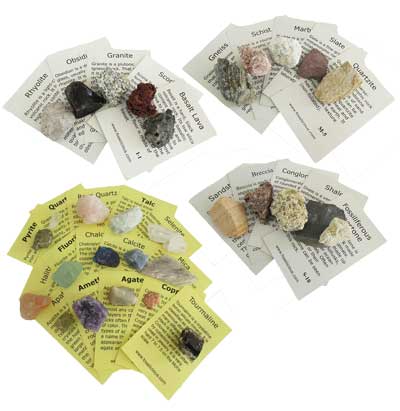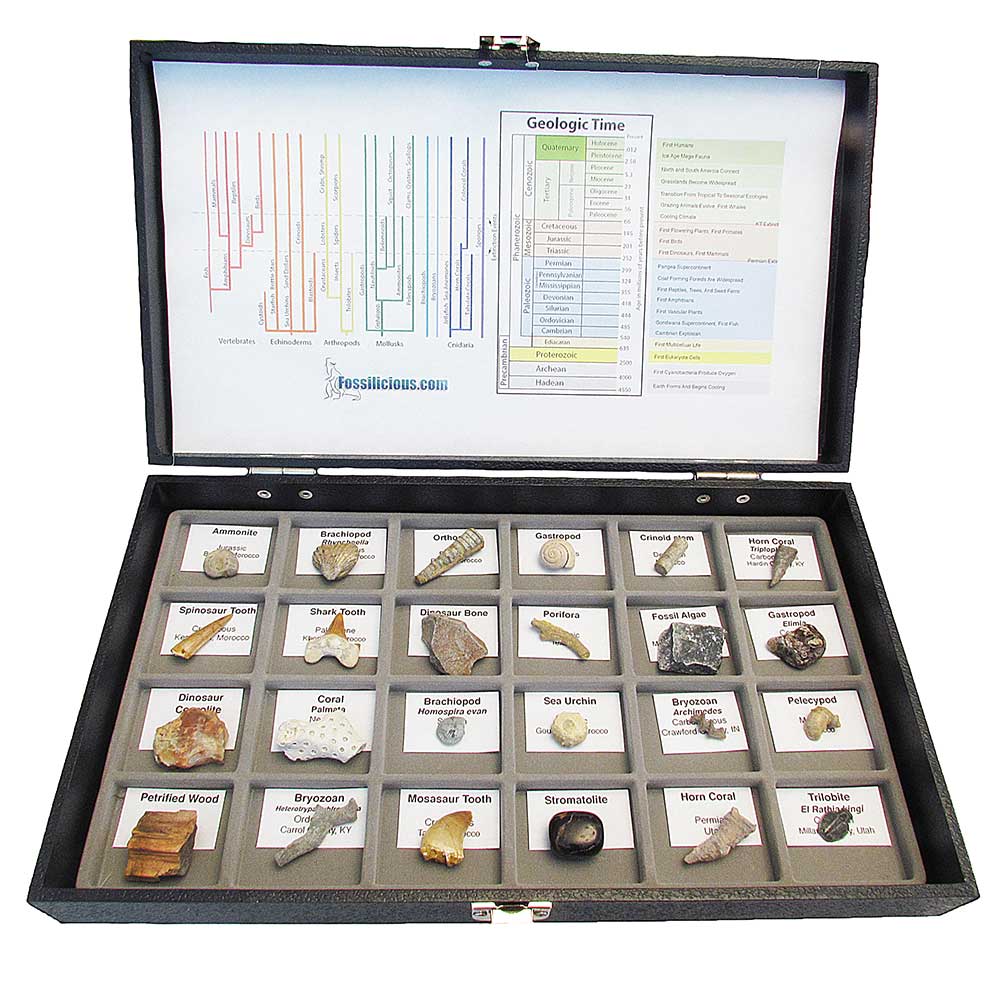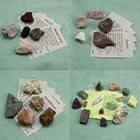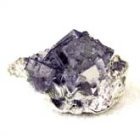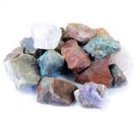Sign up for Lesson Plans, discounts & more!
Lapis Lazuli
The Bright Blue Treasure
Lapis lazuli is a precious stone that comprises lazurite, pyrite, calcite, and sodalite.. A variety of other minerals might also be present. To be considered lapis, a rock must have at least 25% of the blue mineral lazurite. In lapis, calcite is the second most mineral component present. Its presence is obvious because it appears in mottling, white layers, and fractures. Pyrite occurs in this mineral as tiny, randomly spaced golden grains. Each mineral forming lazuli rock differs in its own hardness, fracture properties, color, and specific gravity.
Lapis Lazuli History
Lapis has been in use since the beginning of the history of man. Its celestial, deep blue color is considered a symbol of honor, power, loyalty, vision, and spirit. The mineral Lapis is also a universal symbol of truth and wisdom. In ancient days, this stone was highly valued because of its ultramarine dye derived from it and its attractive color.
The name Lapis lazuli is derived from the Latin lapis (stone) and the Persian lazhuward (blue). Around 4000 B. C., Lapis was a high-value tribute paid to Egypt, and came from the oldest mines of the Mediterranean world. Since this mineral resembles the blue of heavens, it was thought to counteract the evils of darkness and pronounce the favor of the spirit of light.
Lapis Lazuli Geological Occurrence
Lazuli stone occurs near ingneous intrusions where marbles and limestones are altered by hydrothermal metamorphism or metamorphism. In these rocks, lapis often occurs within certain layers or bands. Across the world, Afghanistan is the leading source of this mineral. Many parts of this country have actively produced lapis for thousands of years. Other countries that produce quality amounts of lapis stone include Russia, China, United States, Pakistan, Canada, Chile, and Argentina.
Mineral Properties and Composition of Lapis
Lapis is not really a mineral. It is a rock made of several different minerals. Lazurite, pyrite, calcite, and sodalite are usually present. A variety of other minerals might also be present including mica, hauyne, afghanite, dolomite, and wollastonite.
Each mineral forming lapis lazuli differs in its own hardness, fracture properties, color, and specific gravity.
Uses of Lapis Lazuli
Lapis is used around the world as a gemstone, ornamental, and decorative material. It is a popular product that can be cut into beads and cabochons. It can also be used in mosaic projects and as a material for small sculptures. Lapis is best when used in jewelry, including rings, pins, earrings and more. It is also used as a blue pigment for paints and dyes.
Metaphysical Characteristics of Lapis
Lapis is a valuable mineral that helps us keep negative energies away and reminds us to stay humble when engaging with others. This mineral is an enhancer filter crystal that helps us focus on building our success and improve our lives. Having this stone can help you increase focus on improvements you desire.
Polished Lapis Lazuli For Sale at fossilicious.com

INTERESTED IN MORE? IF SO, YOU MAY WANT TO CHECK OUT OUR OTHER SITES:
fossilicious.com - Our online fossil and mineral rock shop.
fossils-facts-and-finds.com - An educational site about fossils.
